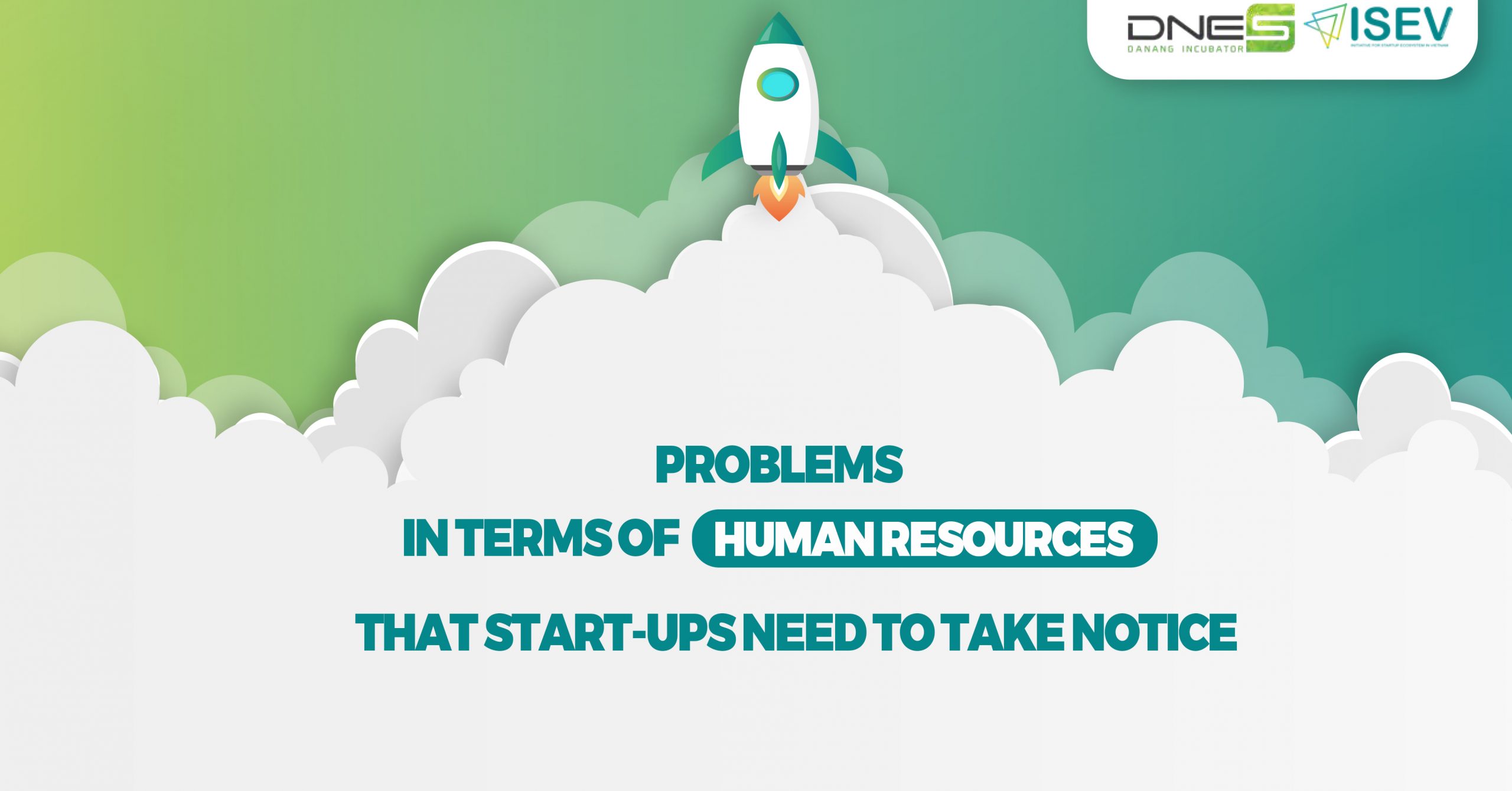Pitching has been recently no longer an unfamiliar notion, especially the Shark Tank show is becoming more and more popular. In fact, pitching is associated with our daily lives. We make a pitching in a competition, to participate in an incubation program or to attract investors for start-up projects, to introduce the project to potential customers . Therefore, how to present it to both attract the audience and convey what you want to convey is a very important issue. This lesson will outline the content to keep in mind to have a successful presentation, based on three specific presentation situations: (1) pitching to participate in the creation program, (2 ) pitch in Startup contest chats and (3) advertise with investors.
1. 1st concept: Pitching to be selected in incubation programs
Nowadays, several incubation programs facilitating innovative start-ups are as follows:
-
FINC (DNES) https://dnes.vn/finc/
-
SHINE (ASCEND VENTURE) https://ascendvietnam.com/about/?lang=vi
-
Unilever Foundry Mentorship program https://www.theunileverfoundry.com/
Participating in incubation programs not only helps founders be well-trained in skills, learn more from the stories of other founders; but also as a bridge between startups and potential partners such as investment funds, media units, and newspapers. Moreover, the incubation program also provides an opportunity for founders to quickly grasp information related to startup support programs for startups.
For pitching to participate in incubation programs, in addition to properly arranging the story layout of the startup project, successful pitching must fully demonstrate the following 5 contents:
-
Founders' stories: why start a business and build a project; experience and positions passed,…
-
Product's story: market size, customer needs, problem to be solved, business model, development orientation for at least the next 6 months
-
Obstacles and difficulties in the start-up process: frankly admit the shortcomings of the startup/founders, clearly state the reasons why it is necessary to participate in the incubation program, what contents are in need of advice, and the goals What is the goal after joining the program?
-
Strengths of the project compared to other projects in the same field on the market
-
Clearly demonstrate determination and commitment to effectively participate in the program
II. 2nd concept: Pitching in start-up competition:
Start-up competitions will usually consist of at least 4 rounds before entering the final round. The requirements and factors that make up the success of the pitching in each round are different. And here's the secret to winning each round shared by the Founder of Umbalena project – the incubation project at the FINC Program of DNES
1. Preliminary round:
In this round, you need to keep two things in mind:
-
Prepare full project information in the most intuitive way
-
Stay engaged before, during, and after the contest so the organizers can easily remember your company and products
2. Pitching at semi-final and final rounds :
In addition, there are 4 basic types of presentations to express ideas in Demo Day.
-
Product
-
Market
-
Traction
-
Team
3. 4 things to keep in mind when pitching at startup competitions:
-
Present the strongest of the 4 factors: product, market, sales, impress
-
Combine the visuals and presentations smoothly
-
Find a tagline/highlight to show throughout the pitch so that listeners can easily capture the content
-
Put yourself in the narrator's mind so that BGK – who meets you for the first time – can still understand the bright spots in your startup project.
III. 3rd concept: Pitch for investors
In addition to notices and necessary content discussed above, there are 3 things founders should keep in mind in terms of a pitch for investors.
-
Know investors right
Every individual investor or investment fund has its own "taste" for investing. In addition to being interested in capital, founders should get to know investors closely, considering the resources behind them. From there, you will understand who you want to pitch to be to choose the most suitable presentation method as well as choose the most suitable investor for your startup project.
Hai Ho – co-founder of the Triip Blockchain application – as a good example for this section. Before coming and raising capital on Shark Tank, co-Founder Hai Ho and team Triip shared to watch all episodes of Sharktank from season 1 to season 3. Then, set up excel files to analyze the investment preferences, business philosophy of each shark, what questions the Sharks often ask and determine which shark is the object that the team wants to focus on scoring. Very careful analysis of the audience is the key to pitching success.
-
Be honest with data you present
Investors prefer to view ideas backed by real metrics rather than ideas that don't yet have solutions. And remember to be realistic with your sales predictions. Some founders often lack the preparation of information, figures for the presentation, even give inaccurate, misleading or controversial information without end. For startups in the early stages, when the revenue is not much or there is no revenue, it is still necessary to note the important transactions, traction and important indicators of the project such as engagements, active users, retention rate, lifetime value… For investors. If the number has not yet grown as expected, honestly present your reasons and solutions.
-
Practice pitching briefly but still impressively enough
Pitching is just the first step in the process of reaching out to investors. You need a lot of time and effort to really raise money. In the first meeting, try to sympathize with investors about founders and describe products and business opportunities in the most attractive way. Specific parameters can continue to be discussed in the next sessions, so don't get too involved and get caught up in the details, otherwise, it will be "overloaded" with the pitching. Most importantly, founders should connect and update positive changes about the project for investors after each pitching session.
This is the above sharing of experts from Danang Business Incubator – DNES of pitching start-up projects. For further in-depth information, please watch the video below.
Author: Ms. Nguyen Thi Phuong Nhi
Content support: Mrs. Le Thi Cam Trinh – Co-founder at Umbalena




